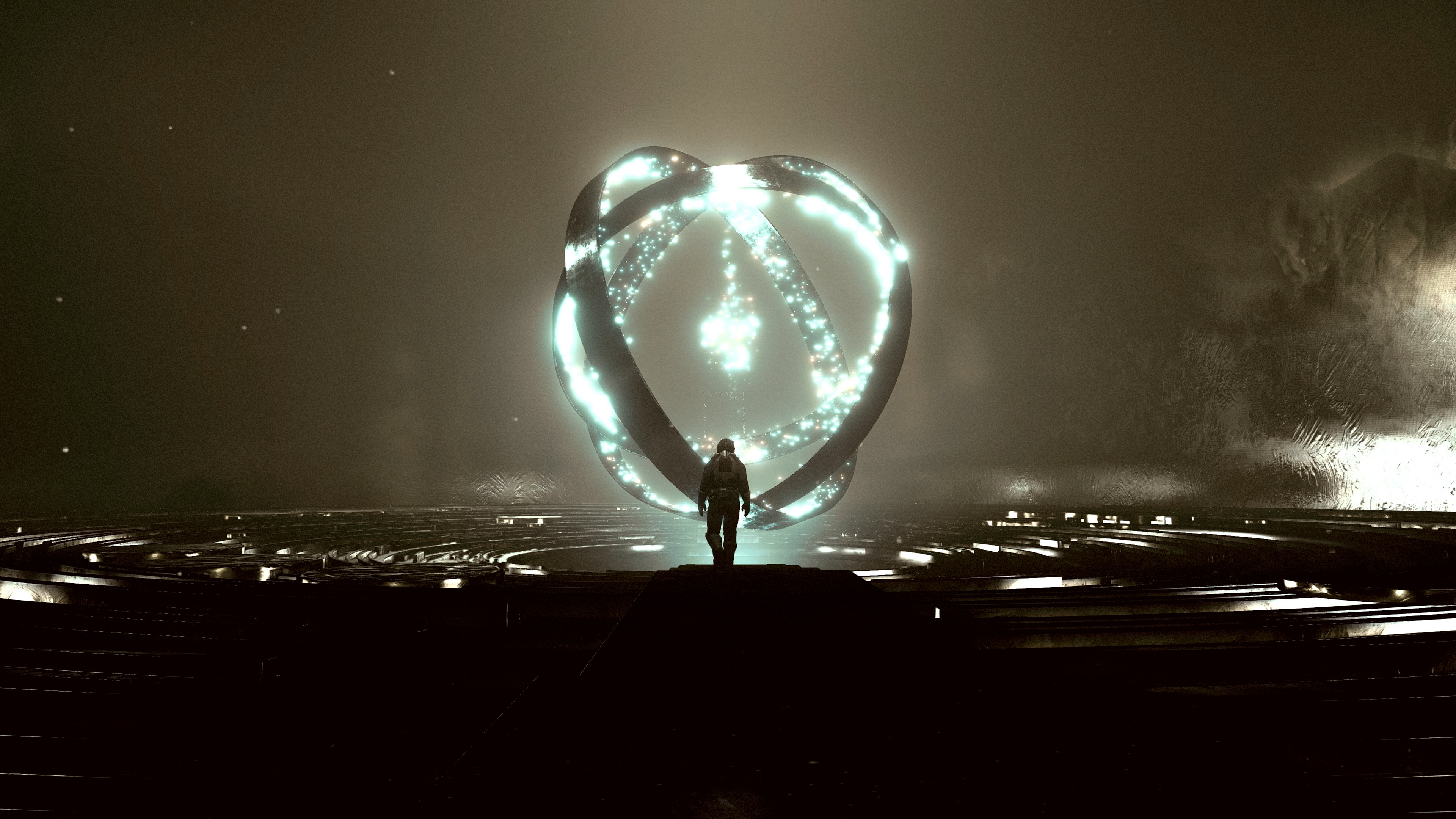
Starfield is the first brand-new franchise from Bethesda in over 25 years, and is the first proper RPG from the studio in nearly eight. The game is carrying a lot of anticipation and hype ahead of its release later this year, but that much attention means there's bound to be endless bad takes on the internet from the hordes of the perpetually negative.
The latest debacle touching upon the gargantuan Starfield launch lead up is the news that Starfield will be locked to 30 frames-per-second on Xbox Series X|S consoles. Wait, you mean Starfield won't run at 60FPS on "the world's most powerful console?" Seriously? Yes, and it was obviously always going to be that way. Put down your pitchforks! It's for good reason, given what kind of game Starfield is — games development isn't just about resolution and framerates.
The scope and scale of Starfield is vast
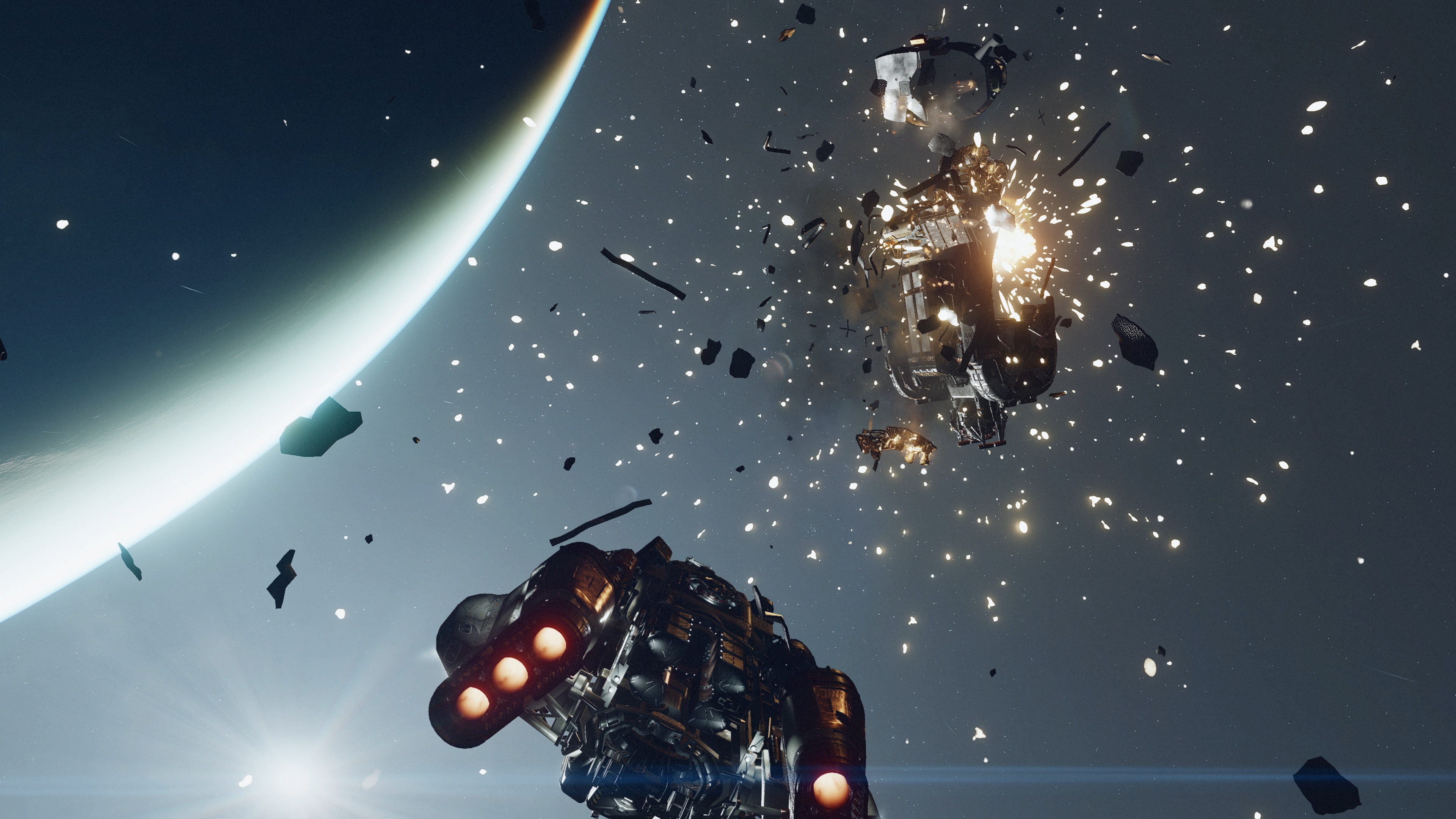
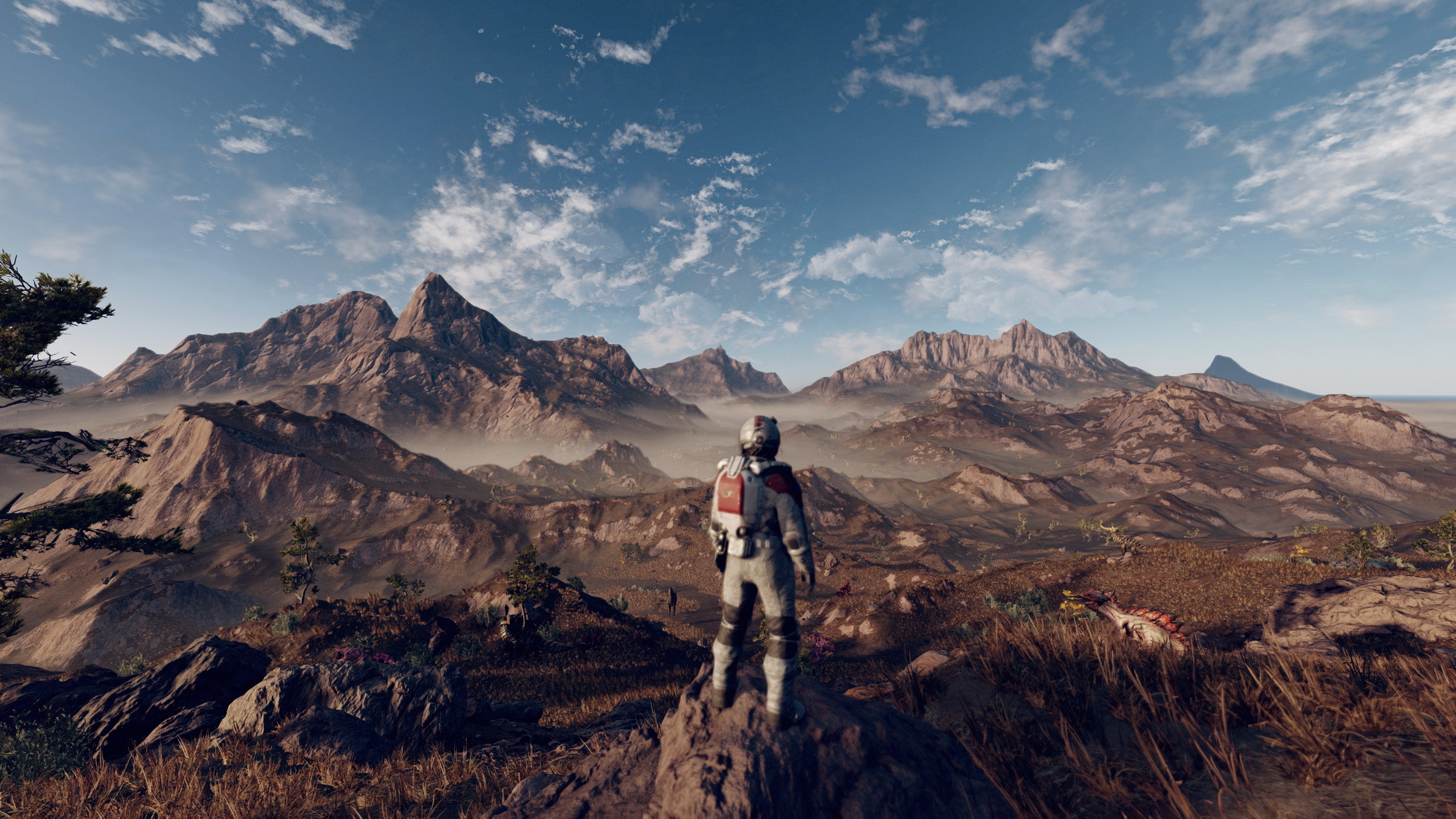
- Xbox Games Showcase 2023 news
- Todd Howard's last game?
- Starfield Direct event
- Starfield preorders are live
It's difficult to put into words just how massive Starfield really is. Speculation has been rife since the game's initial announcement at E3 2018, but Bethesda has been purposeful about the gradual drip of information in the years since. During the Starfield Direct at Xbox Games Showcase 2023, though, Bethesda left no doubt that Starfield is one of the largest, most ambitious games we have ever seen. It's nearly incomprehensible in its scale and scope, and it's a large part of why Starfield would always struggle to hit a reliable 60FPS on any current-gen console.
That's because Starfield relies on a plethora of overlapping, intersecting, CPU-intensive systems and mechanics. That last point is particularly important, because it's the biggest single contributor to the locked 30FPS that's attracting so much ire to Starfield at the moment.
At its core, Starfield is simulating a galaxy of dozens of star systems with over 1,000 procedurally generated worlds. Each of those worlds has its own unique atmosphere, gravity, environments, and ecosystems, and all of those facets influence each other and are influenced in turn by the surrounding galaxy. The kinds of biomes a planet can have is dependent on how close it is to its star, for example.
On these worlds, Bethesda has baked in a ton of interactivity with the environment, the native wildlife and fauna, and the countless items you can pick up. There are a lot of elements that tie into the fully baked combat systems, too, which also draw from your gaming system's processing capabilities. No, it's still nowhere close to the physics and interactivity of our real world, but Bethesda is aiming to get as close as possible for an open-world RPG, while still being reasonable to maintain with modern hardware.

This is without considering the modular, in-depth building and crafting systems that allow you to construct your own spaceships and outposts from pieces, decorate them, and man them with a diverse crew. You can build fleshed out bases on dozens of planets, leave trusted crew behind to manage them, and slowly accrue resources from those bases even when you're lightyears away on a completely different world. I've barely touched the surface of the systems hiding under Starfield's visuals, and all of this taxes one part of your console or gaming PC far more than the other.
Starfield is aware of everything within it, and that kind of spatial and computational awareness is a lot for any computer or console to handle. You can stack 1,000 individual sandwiches in the cargo hold of your ship, and each of those sandwiches has complete permanence and presence in the world and physics that interacts with surrounding objects. Do you actually believe that making those sandwiches more blurry will help the framerate? Obviously, it's not just about sandwiches, either. Starfield remembers everything you do; your actions leave a mark on the galaxy, and you can return to see it at any point, including the signs of battles already fought.
A lot of gamers disproportionately place importance on the GPU, or graphics processing unit, of their gaming machine of choice. While the latest hardware from NVIDIA and AMD are undoubtedly useful to have, not all games are the same. Your GPU is all about rendering the graphical elements of a game and displaying them on screen, with games that feature a ton of visual effects, advanced rendering techniques, and modern features like ray tracing (for more realistic lighting) requiring beefier GPUs to run. Your GPU is also (mostly) responsible for the resolution at which your game can run, as the same graphics at higher resolutions require significantly more GPU oomph.
Starfield isn't just trying to look great, it's also trying to simulate an unfathomable number of systems and objects.
Some games opt to focus more on features dependent on the CPU, or central processing unit, which focuses on calculations and executing a lot of simultaneous tasks at once. Think of the CPU as the "thinky" part of your gaming machine, while the GPU is the "showy" part. A game that has a lot of interlapping systems, in-depth physics, or simply a lot of moving parts (like NPCs or parts of the environment) will rely more on the CPU than the GPU.
Want an example? A game like Ultimate Epic Battle Simulator (or its sequel) is highly CPU-intensive, as it can simulate hundreds of thousands of individuals NPCs at a time. Sure, the game can look like garbage, but it can also bring the most powerful PC to its knees purely off the back of its vast armies and CPU tasks. On the other end of the spectrum, games like Metro Exodus can be incredibly GPU-intensive, as the games render incredibly detailed and beautiful environments with a ton of visual effects and special techniques like ray tracing.
Starfield is taking advantage of both the CPU and GPU to deliver a game with incredible degrees of interactivity that still looks amazing, but it's the former that kills player's arguments that a lower resolution = a higher framerate. Unfortunately, it's never that simple.
Understanding the capabilities of Xbox Series X|S
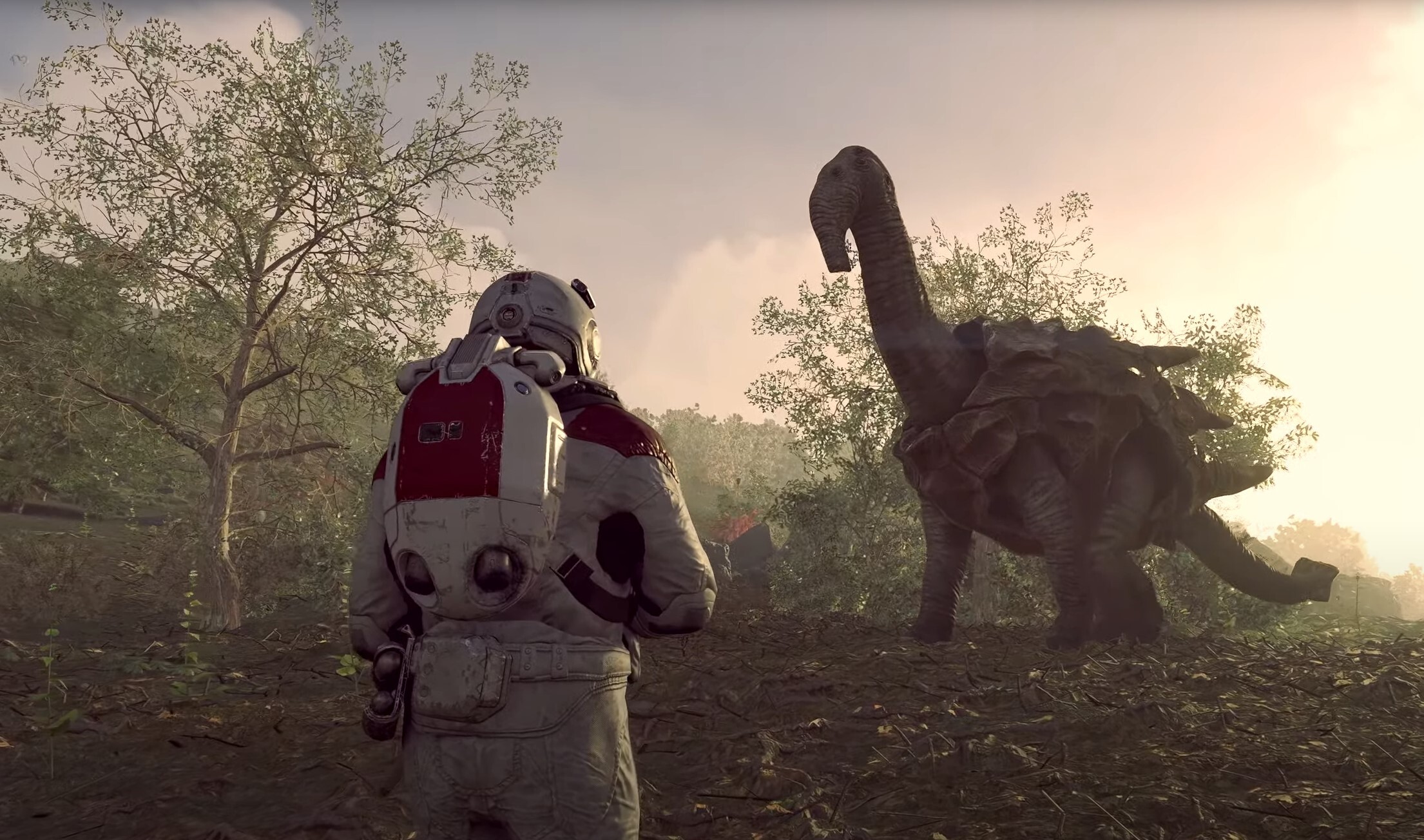
The Xbox Series X and Xbox Series S are both impressive machines in their own right, but it's important to remember their limitations. While the Xbox Series X is still "the world's most powerful console," it's also in the same exact boat as its smaller sibling and the PlayStation 5 — These consoles are almost three years old, now. Gaming hardware from NVIDIA, AMD, Intel, and others never stop improving and getting better over time, but consoles don't iterate nearly as often.
I personally don't believe we've come close to seeing the very best these consoles can do, but it also tends to take a lot of time for developers like The Coalition or Ninja Theory to truly squeeze the most out of a console generation before it's replaced. Think about Gears 5: Hivebusters, still among the most visually impressive games of all time, which runs beautifully on the Xbox One and Xbox One X. Even then, though, we have to accept that this hardware has limitations and developers are going to hit them on console well before they do on PC.
On the other half of this, though, is understanding that the Xbox Series S is not to blame for this. I'm so tired of hearing people complain about the Series S "holding back gaming" because it inherently targets a lower native resolution, as if developers aren't constantly targeting a far wider, less optimized range of PCs. Quite the opposite, the Xbox Series X and S are both targeting exactly what I'd expect in Starfield, highlighting the ideal divide between them. Both games will play the game with identical features and performance, but with Series S hitting a lower 1440p resolution versus the Series X at 4K, mirroring the difference in GPU power between the consoles.
Maybe a 60FPS mode will come to Xbox after launch, but I'm not confident it will happen.
In both cases, it's the CPU (and maybe RAM amounts) that's preventing Starfield from running consistently at a higher framerate. No, lowering the resolutions to 1440p and 1080p for the Xbox Series X and S respectively wouldn't magically free up an extra 30 frames-per-second, because Starfield at its core is still very CPU-intensive. Freeing up GPU resources isn't going to help the CPU run the game at a higher framerate to that degree, because the CPU still needs to do all the same physics and systems calculations as it was before.
Considering the Xbox Series X and Series S have nearly identical CPUs (the Series S is slightly underclocked, but not by much), you can see where I'm going with this. Bethesda is likely pushing the CPU inside the Xbox Series X|S duo to its max, and in fact, admitted that the game can often run at higher than 30FPS. However, when those overlapping systems and mechanics come into play, the CPU can struggle to keep up. Hence, Bethesda opted for a consistent and stable (hopefully) 30FPS rather than an inconsistent, fluctuating FPS that might hit 60 at some points. Me, I prefer this approach.
It's possible that, with more optimization following launch, and a lot of iterative updates, Bethesda could release a "performance mode" for Xbox Series X|S after launch that does find a better balance between visuals and systems. I truly hope it does (I'm not holding my breath, though). I personally don't think Starfield really needs 60FPS, given the kind of game it is, but I understand that it's more comfortable for a lot of people. I also think that people are too quick to draw a hard line in the sand that everything on Xbox Series X|S needs to be 60FPS by default, because there are some games that simply benefit more from trading those frames for deeper gameplay and systems. If any game fits that bill, it's Starfield.
The age-old question of console vs. PC
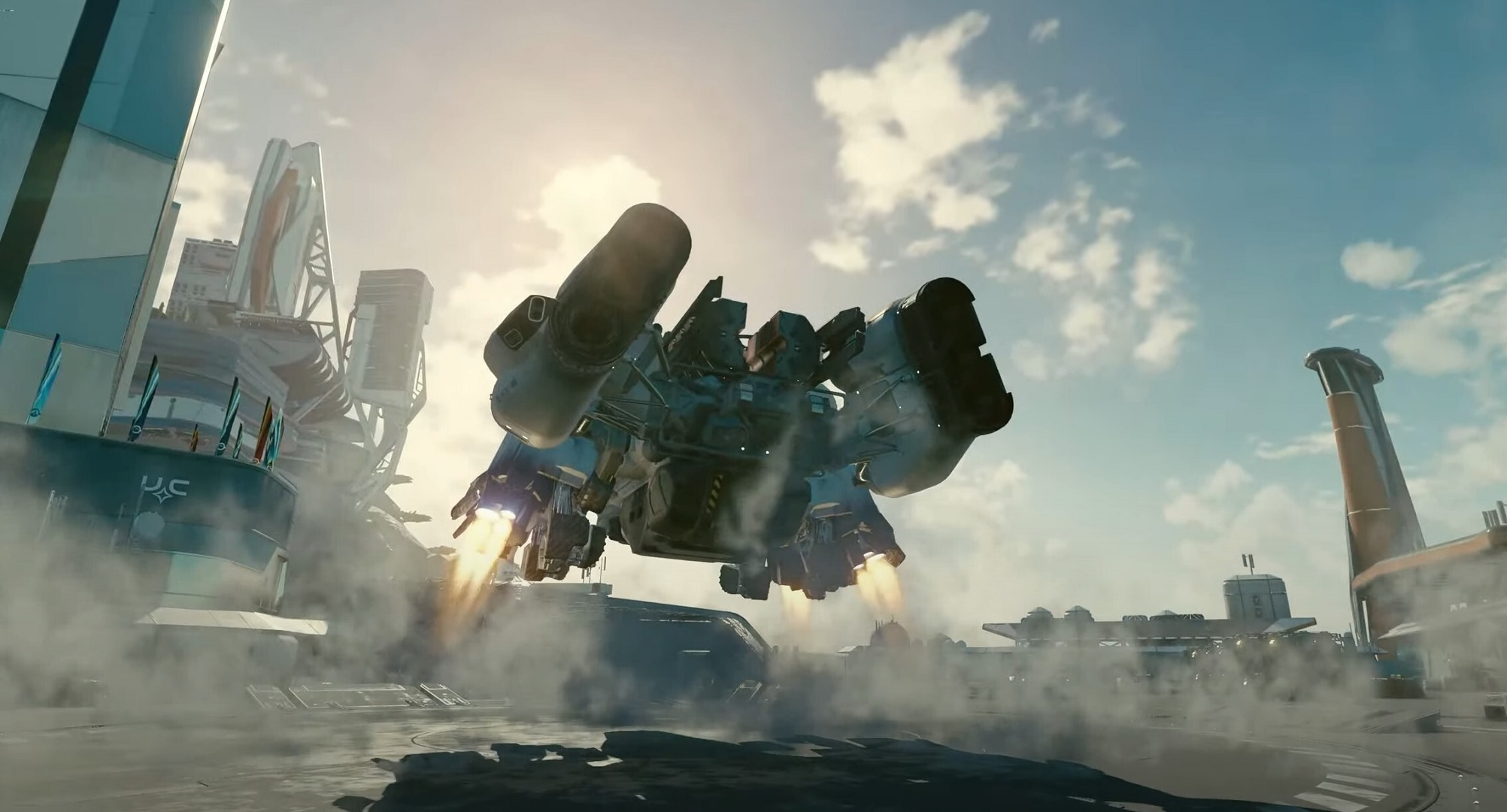
"Why would I play on Xbox when I get a better experience on PC?" If you're asking this question, you're entirely missing the point.
Even when the Xbox Series X|S were brand new, there were more powerful gaming PCs. That's just how it is, how it has always been, and how it will always be. Consoles aren't supposed to be more powerful or technically impressive than Windows-powered PCs — They're supposed to be affordable, consistent, and reliable entryways into gaming. In those respects, the Xbox Series X|S duo of current-gen consoles is excellent.
Sure, you can probably enjoy Starfield at 4K and a stable 60FPS on PC (probably with mods, too), but you'll also be spending a lot more money for the privilege. Even after three years, there's no $500 gaming PC that can compete with the Xbox Series X in its stable quality of visuals, performance, and gameplay. And there's nothing wrong with that, it's literally the whole point.
With gaming PCs, you're spending more to get more power and more games. You're also getting more problems, as PCs are inherently more finnicky and prone to issues (don't object, it's the cost of customization and I see it all the time with the various gaming PCs I use and test here at Windows Central). For many people, this is the perfect balance, and that's awesome. Starfield will look great on your PC, I'm sure.
When it comes to console versus PC, you can keep your extra pixels and frames — I'm just here to enjoy the games.
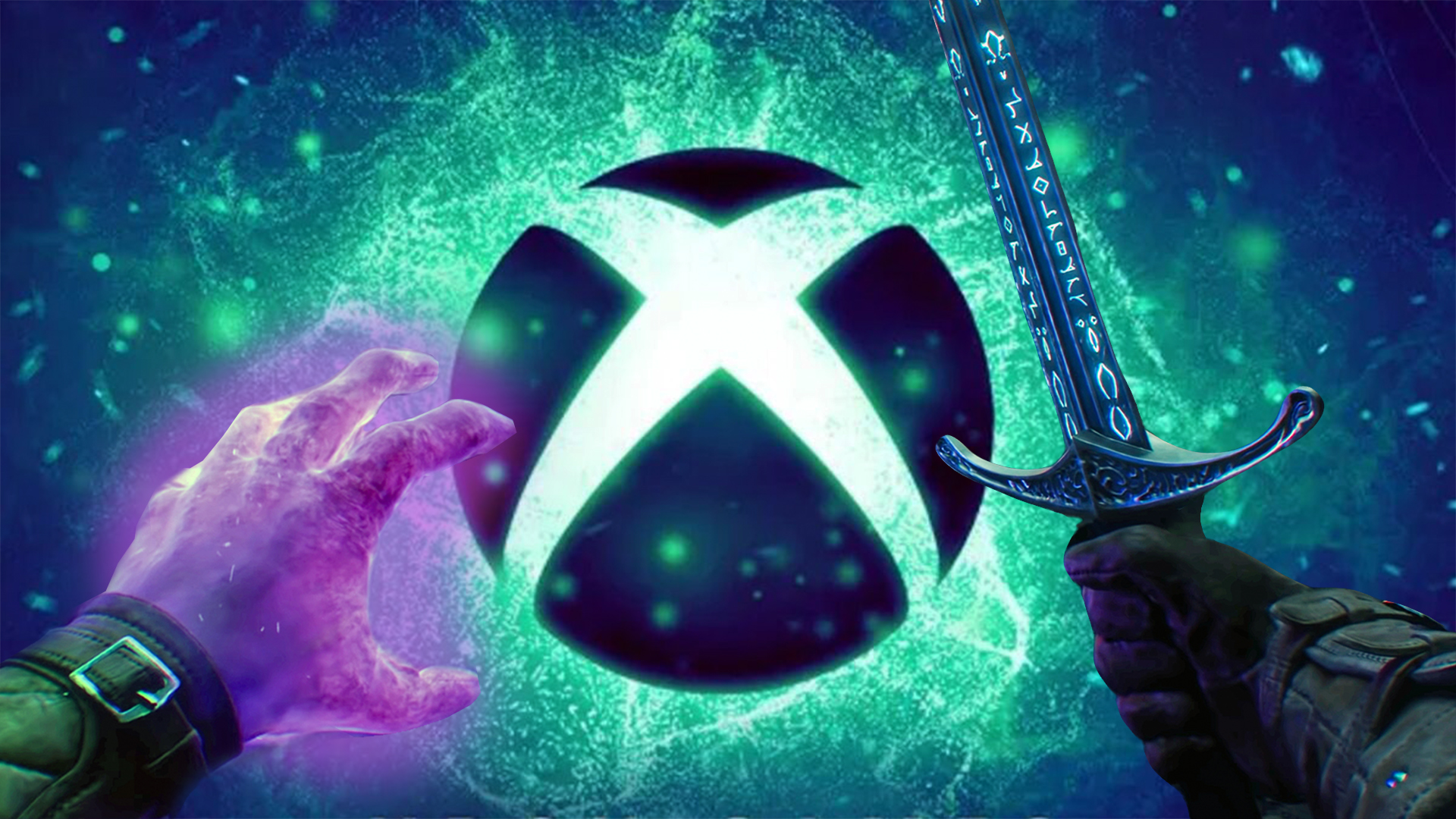
- Xbox Games Showcase 2023
- Cyberpunk 2077 DLC preview
- Diablo 4 Collector's Box is 🔥
- ASUS ROG Ally is so close to perfection
When you buy a console, though, it's not about pure power or modularity... It's about consistency. You're paying a bit less than for a comparable gaming PC to get something that (ideally) will always work, right away, whenever you're ready to play. You're also looking for a gaming experience that is mostly the same level of great no matter which game you play, even if it doesn't look quite as good or have quite as many frames as on PC. Sure, it's not perfect (I've certainly had my fair share of issues on Xbox), but the console experience is still far more convenient and reliable overall than with gaming PCs. The cost is power, freedom, and a fair bit of really cool indie games.
The PC I'm currently using to write this editorial has a 13th Gen Intel Core i9, an NVIDIA RTX 4080, and 32GB of RAM. Do you know what I'm using to play Diablo 4? My Xbox Series X, the same as probably 90% of the games I play. You better believe I'll be playing Starfield on my Xbox, too; the added convenience of booting up my Xbox and being in a game and playing within 15 seconds is worth it to me, and that's just my preference. That's especially true after I have to spend 30 minutes troubleshooting why my PC game won't start because a random background process stopped working.
You can keep your extra pixels and frames, I'm just here to enjoy the games.
Starfield is now available for preorder ahead of its release on Sept. 9, 2023, and will release for Xbox Series X|S, Windows PC, Xbox and PC Game Pass, and Xbox Cloud Gaming. With or without 60FPS, it may be one of the best Xbox games of the year. If you need more Starfield in your life, you can also purchase the official Starfield accessories.







